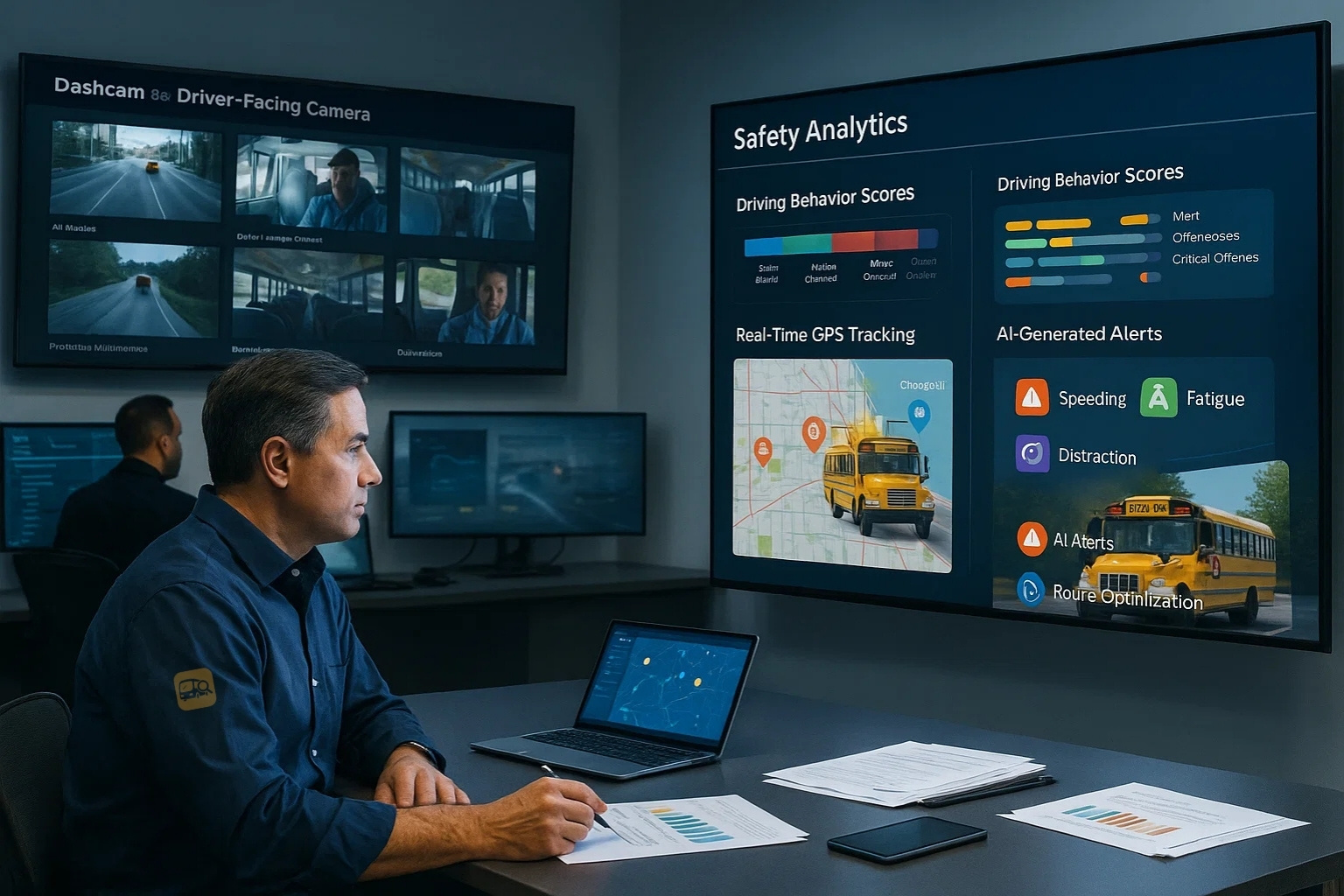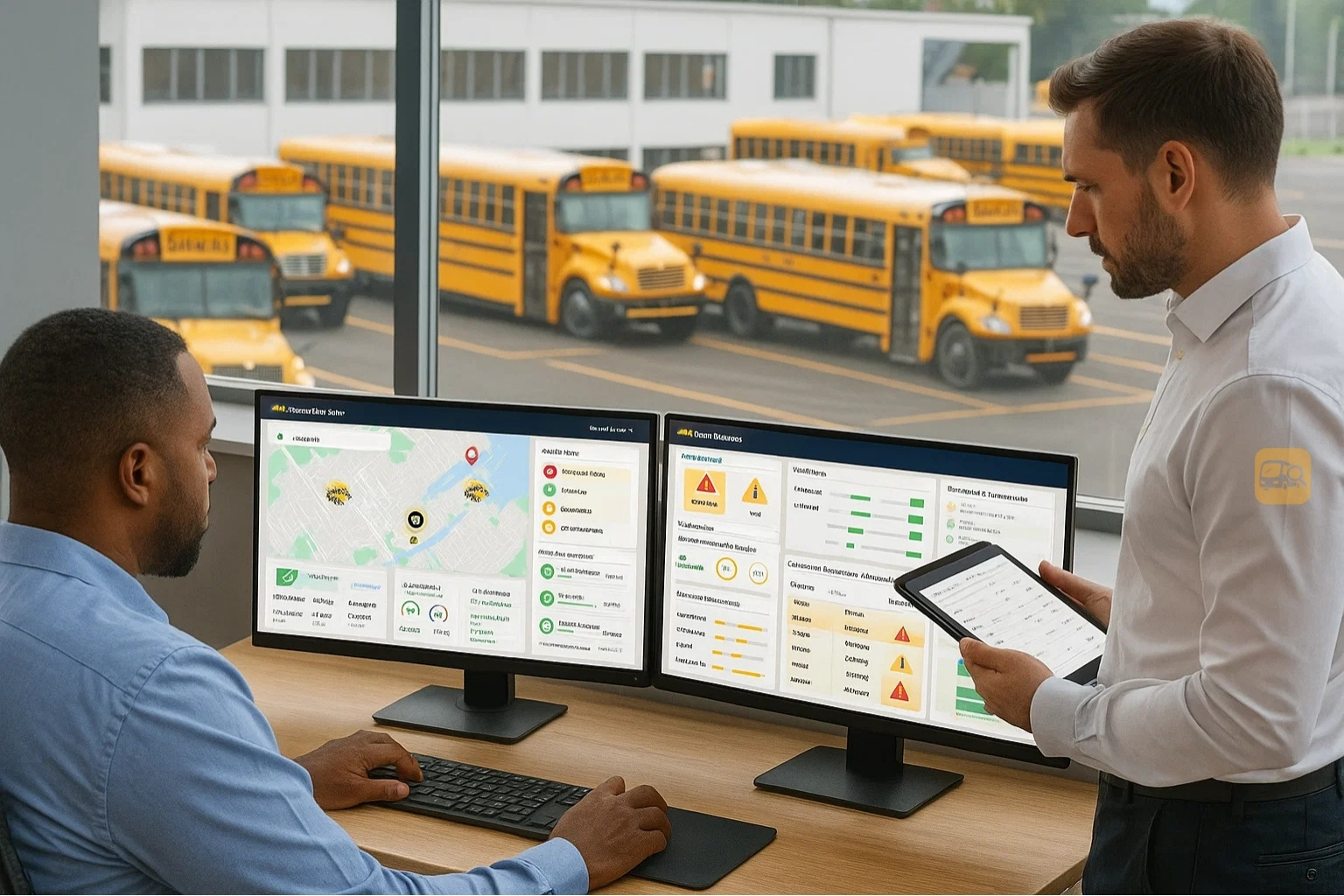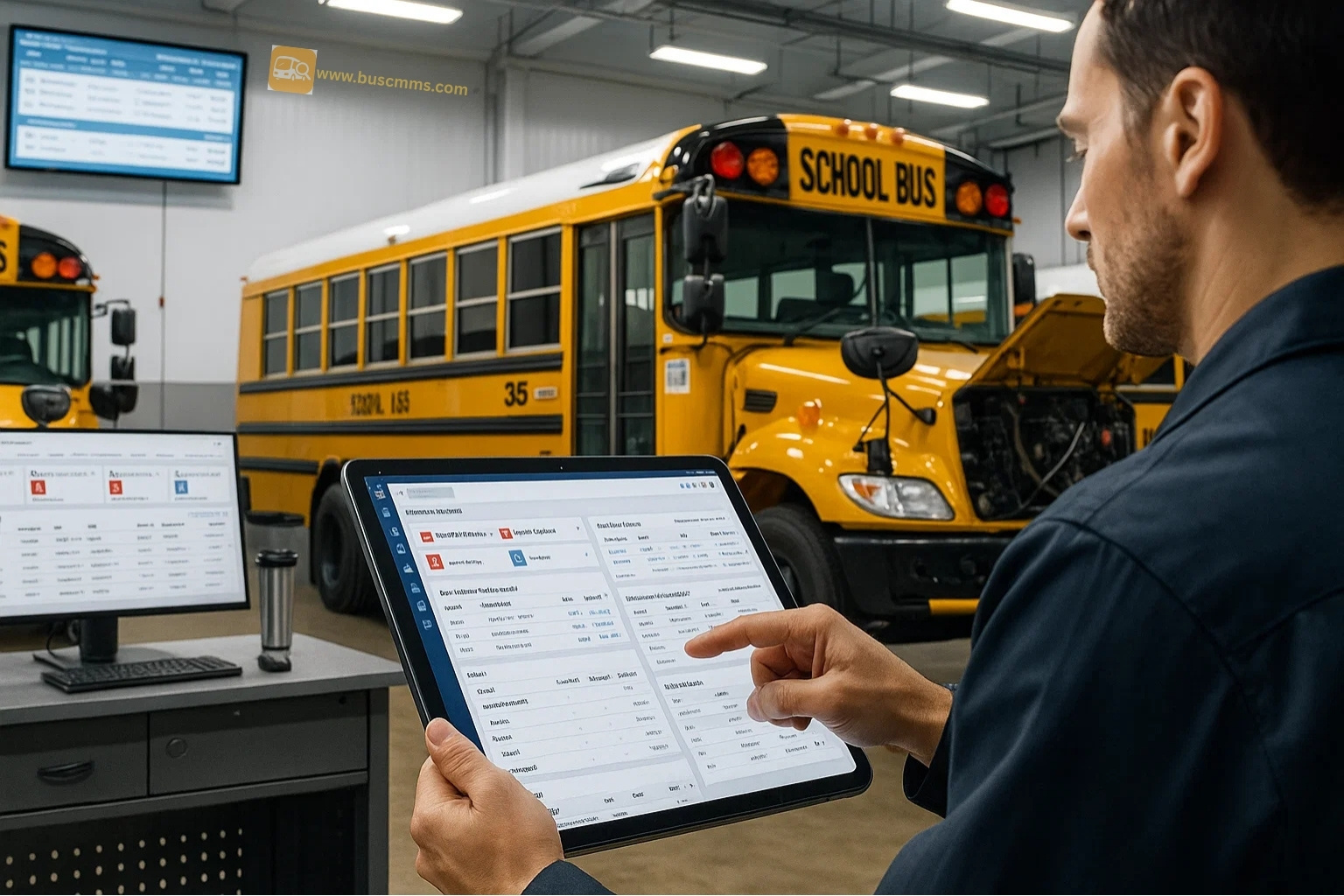The complexity of modern bus fleet operations demands sophisticated software solutions that go far beyond simple vehicle tracking. From compliance management to predictive maintenance, today's fleet operators need comprehensive platforms that integrate seamlessly with existing operations while providing real-time insights for decision-making. For manufacturing professionals overseeing transit operations, understanding the landscape of bus fleet management software is crucial for optimizing efficiency, reducing costs and ensuring regulatory compliance.
Understanding Modern Fleet Management Software Capabilities
Contemporary bus fleet management software encompasses a broad spectrum of functionalities designed to streamline every aspect of transit operations. These platforms typically integrate vehicle diagnostics, driver management, route optimization, and maintenance scheduling into unified dashboards that provide operators with comprehensive operational visibility.
The most effective fleet management systems combine CMMS tools with real-time telematics, enabling operators to monitor vehicle performance, track fuel efficiency, and predict maintenance needs before issues become costly problems. Advanced platforms now incorporate machine learning algorithms that analyze historical data to optimize route planning and maintenance scheduling automatically.
Key capabilities include automated compliance tracking for DOT regulations, comprehensive driver performance monitoring, and integration with existing enterprise systems. Modern solutions also feature mobile applications that allow drivers and maintenance teams to access critical information and update system records in real-time, improving communication and operational efficiency across the entire organization.
Essential Features for Transit Operations
Successful bus fleet management requires software that addresses the unique challenges of public and private transit operations. Priority features include comprehensive vehicle inspection management, automated maintenance scheduling based on manufacturer recommendations and usage patterns, and robust reporting capabilities for regulatory compliance.
Advanced telematics integration allows operators to monitor engine performance, track fuel consumption patterns, and receive alerts for potential mechanical issues before they result in service disruptions. The best platforms also include driver behavior monitoring that can identify unsafe driving patterns and provide targeted training recommendations to improve safety and reduce insurance costs.
Regulatory Compliance and Safety Management
Bus fleet operators face complex regulatory requirements from federal, state, and local authorities. Effective fleet management software automates compliance tracking for DOT inspections, driver qualification files, vehicle certifications, and safety training records. This automation reduces administrative burden while ensuring consistent adherence to regulatory requirements.
Safety management features should include automated driver log tracking, incident reporting capabilities, and integration with drug and alcohol testing programs. The software should generate compliance reports automatically and provide alerts when certifications or inspections are approaching expiration dates, preventing costly violations and service disruptions.
Critical Compliance Areas: Modern fleet management platforms must address Hours of Service regulations, vehicle inspection requirements, driver qualification standards, and environmental compliance for emissions and fuel efficiency. The most sophisticated systems integrate with third-party compliance services to streamline these processes further.
Technology Integration and Implementation Strategy
Successful fleet management software implementation requires careful integration with existing operational systems and processes. The best platforms offer APIs that connect with accounting systems, human resources databases, and maintenance management tools already in use by the organization.
Implementation should be phased to minimize operational disruption while ensuring comprehensive staff training. Start with core functionalities like vehicle tracking and basic maintenance scheduling, then gradually add advanced features like predictive analytics and automated reporting. This approach allows teams to adapt to new processes while maintaining service quality.
Data migration from legacy systems requires careful planning to ensure historical maintenance records, driver information, and vehicle data transfer accurately. Choose software providers that offer comprehensive implementation support and ongoing technical assistance to maximize the return on your technology investment.
Ready to streamline your bus fleet operations with cutting-edge management software? Discover how advanced CMMS tools and predictive analytics can transform your transit operations.
Getting StartedBook a Demo
Cost Optimization and ROI Considerations
Fleet management software delivers measurable return on investment through reduced maintenance costs, improved fuel efficiency, and optimized route planning. Predictive maintenance capabilities can reduce unplanned downtime by up to 30%, while route optimization features typically improve fuel efficiency by 10-15% across fleet operations.
The software also reduces administrative costs by automating compliance reporting, streamlining driver management processes, and eliminating manual data entry for maintenance records. These efficiency gains allow staff to focus on strategic operational improvements rather than routine administrative tasks.
When evaluating software options, consider total cost of ownership including licensing fees, implementation costs, training expenses, and ongoing support requirements. The most cost-effective solutions offer scalable pricing models that grow with your fleet size and feature needs.
Bus fleet management software has evolved from simple tracking tools to comprehensive operational platforms that drive efficiency, safety, and compliance across transit operations. For US manufacturing professionals managing fleet operations, these solutions offer the technological foundation necessary to compete effectively in an increasingly complex regulatory environment.
The key to success lies in selecting software that aligns with your operational requirements while providing the flexibility to adapt as your fleet grows and regulations evolve. Investment in the right platform today positions your organization for sustainable operational excellence and continued growth in the competitive transit industry.
Frequently Asked Questions
Q: What are the essential features to look for in bus fleet management software?
A: Essential features include real-time GPS tracking, predictive maintenance scheduling, automated compliance reporting, driver performance monitoring, and fuel management tools. The software should also integrate with existing systems and provide mobile access for drivers and maintenance teams. Look for platforms that offer CMMS capabilities and can generate automated reports for regulatory compliance.
Q: How does fleet management software help with regulatory compliance?
A: Fleet management software automates compliance tracking for DOT regulations, driver qualification files, vehicle inspections, and safety training records. It generates required reports automatically, sends alerts for upcoming certification renewals, and maintains comprehensive audit trails. This reduces administrative burden and helps prevent costly violations while ensuring consistent adherence to federal and state requirements.
Q: What kind of ROI can operators expect from fleet management software?
A: Operators typically see 10-30% reduction in maintenance costs through predictive maintenance, 10-15% improvement in fuel efficiency via route optimization, and significant reduction in administrative costs through automation. The software also reduces unplanned downtime, improves safety scores, and streamlines compliance processes, delivering measurable returns usually within 12-18 months of implementation.
Q: How long does it take to implement bus fleet management software?
A: Implementation timelines vary based on fleet size and complexity, typically ranging from 2-6 months. A phased approach starting with core functionalities like tracking and basic maintenance scheduling allows for gradual adoption while maintaining operations. Data migration from legacy systems and comprehensive staff training are critical factors that influence implementation duration.
Q: Can fleet management software integrate with existing business systems?
A: Yes, modern fleet management platforms offer APIs and integration capabilities with accounting systems, HR databases, and existing maintenance management tools. This integration ensures seamless data flow between systems, reduces duplicate data entry, and provides comprehensive operational visibility. Choose software providers that offer robust integration support and have experience with your existing system architecture.








